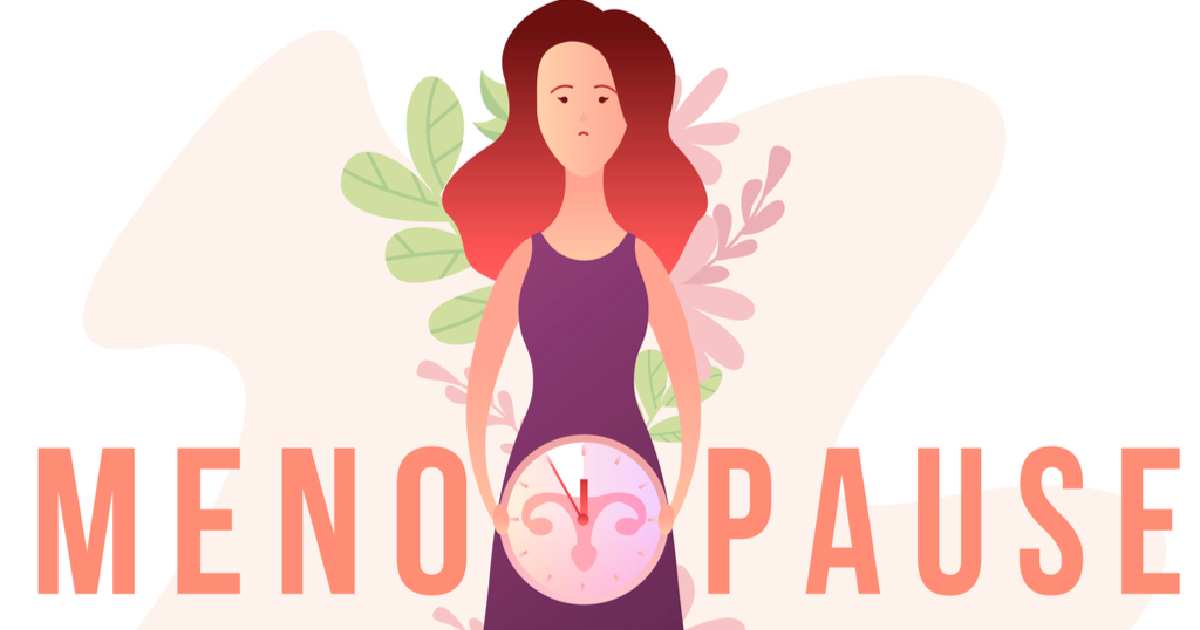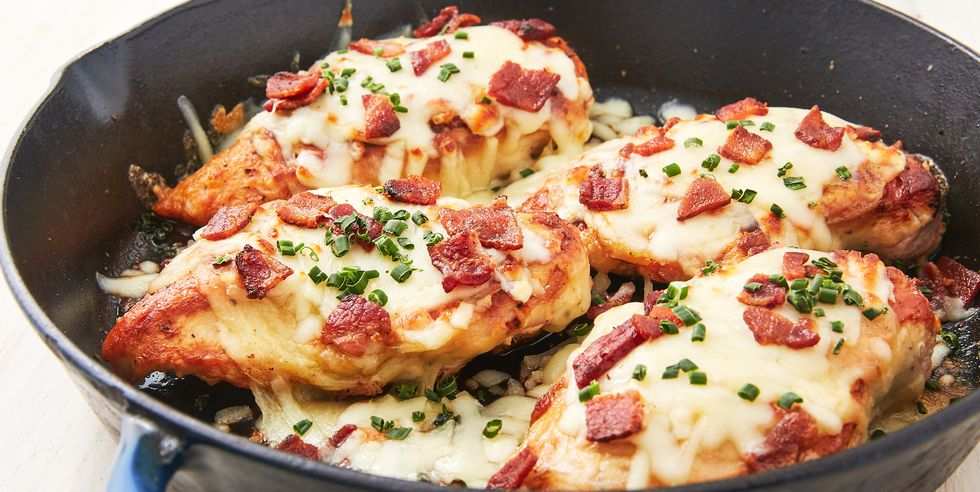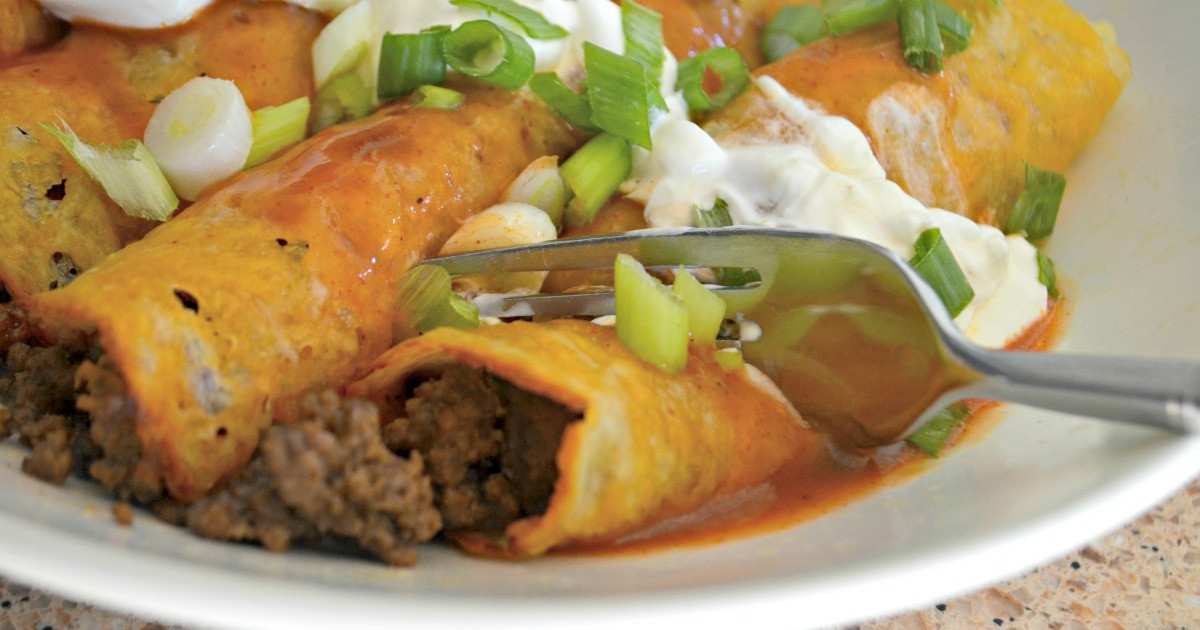WORLD MUSIC, modern art, Chinese food: categories so broad they’re all but useless as descriptors. Add wheat beer to that list.
You can pretty well count on wheat beers being hazy, crowned with a lofty foam and refreshingly light (hence their popularity in summer). Beyond that, though, wheats can be dark or light, strong or subtle, sweet or spicy.
What unites them all is an elevated wheat-to-malted barley ratio. Richer and smoother than other grains, wheat is also high in protein, the source of wheat beers’ trademark haze.
Much depends on the yeast. Wheat beers can ferment with anything from light lager strains to the spicier ones associated with dry saison-style beers, but brewers typically pick from a group of full-flavored yeasts that skew, on the whole, sweet and fruity.
Hops are, for the most part, minor players, making this category a great place for both brewers and drinkers to explore subtle synergies of yeast and grain often lost beneath the bitter blast of hoppier beers. What comes through can be uniquely creamy and complex.
Popular for centuries in Germany and Belgium, wheat beers obtained a foothold stateside in the 1980s. Witbier, a light, unfiltered Belgian style delicately spiced with coriander and orange peel, was the first to really take hold. Born in the mid-90s in Portland, Maine, Allagash White remains the American craft world’s most recognized, and perhaps best, witbier. “We had a lot of explaining to do,” said Allagash Brewing Company brewmasterJason Perkins. “It was cloudy, full of spices, esters and flavor profiles that [drinkers] weren’t used to.”
Big beer’s acquisitions of brands like Hoegaarden and a simmering backlash against hops helped fuel the rise of mass-made wheats. MillerCoors’s Blue Moon debuted in 1995; Anheuser-Busch released its own wit, Shock Top, in 2006. “I see it as a benefit,” said Mr. Perkins of the proliferation of wheats. “There’s awareness around those styles now.”
German hefeweizens are close kin to Belgian witbiers but without the spice. You’ll taste fruity loam, “like the phenols in a real peaty Scotch,” said Eric Warner, brewmaster at Karbach Brewing Co. in Houston. “Or like a medicine chest, clovey, nutmeggy. A little smoky.” Other German styles are filtered and clear (kristalweizen), still others dark and rich (dunkelweizen, weizenbock).
Traveling the world of wheats, it helps to learn a bit of the language. “Hefe” means yeast. “Weizen” means wheat. “Wit” and “weisse” both mean white. “Dunkel,” dark; “kristal,” light. As with all language, though, there’s dictionary and there’s dialect. You’ll encounter exceptions.
American-made mutts abound, such as Great Divide Brewing Company’s hoppy Whitewater and Jolly Pumpkin Artisan Ales’ Calabaza Blanca, which trades traditional yeasts for wild strains. Chip McElroy of Live Oak Brewing in Austin, Texas, even offers a smoked wheat on occasion. It’s not your typical wheat beer, but then again, what is?
What’s Your Type? // A Guide to Wheat Beer Styles and their Diverse Charms
1. Weizenbock
An even stronger version of the darker, maltier dunkelweizen. Bock, German for goat, may refer to the beer’s town of origin, Einbeck—or to its feisty kick.
Try if you like: dark rums, rich red wines
Exemplary brew: Victory Brewing Company Moonglow, 8.7% ABV. Malty brown bread and stewed fruit, boozy warmth and clove-spiced custard. Like a rum-dipped Fig Newton.
2. Berliner Weisse
Very light and sharply sour, often cut with fruit syrup in its namesake city.
Try if you like: sour beers, citrusy gin and tonics
Exemplary brew: Bear Republic BrewingCompany Tartare, 4.0% ABV. First, a fiery flash of lemon. A second sip opens onto floral, grassy and briny flavors.
3. Witbier
The Belgian classic: light, hazy, spiced, typically with coriander and orange peel.
Try if you like: white rum, un-aged tequila
Exemplary brew: Allagash Brewing Company White, 5.1% ABV. Foamy, fresh and bright as lemon meringue. Subtly spiced and blooming with yeast.
4. Wheat Wine
Pale amber, super strong, licked with sweet heat but lighter on the palate than bitter imperial IPAs.
Try if you like: añejo tequila, wheaty bourbons
Exemplary brew: Smuttynose BrewingCompany Wheat Wine Ale, 11.9% ABV. Hot enough to comfort, careful not to burn. Melted caramel laced with liquor and hoppy black-pepper spice.
5. American Wheat
Not an official style, really, but a subset of American-made wheat beers hopped, instead, like pales.
Try if you like: IPAs
Exemplary brew: Lagunitas Brewing Company Lil’ Sumpin’ Sumpin’ Ale, 7.5% ABV. Brewed like a wheat, then blasted with hops during fermentation, this beer revs up with aromas of white grapefruit and green grass, then downshifts to a silken finish.
6. Kristalweizen
Rarely seen stateside, and uncommon even in its native Germany, a lighter, filtered version of the common Hefeweizen.
Try if you like: pilsners, dry white wines
Exemplary brew: Bayern Brewing Dancing Trout Ale, 5.3% ABV. Juicy white fruit and refreshing carbonation, zesty and bright as Bartlett-pear Pop Rocks.
7. Hefeweizen
The traditional German wheat: cloudy-white with a huge foamy head and fruity yeast notes.
Try if you like: sweet creamy Margaritas, fruity white wines
Exemplary brew: Live Oak Brewing Company HefeWeizen, 5.3% ABV. Smooth as whipped cream, buttery as banana bread, with a ticklish spicy finish.





























